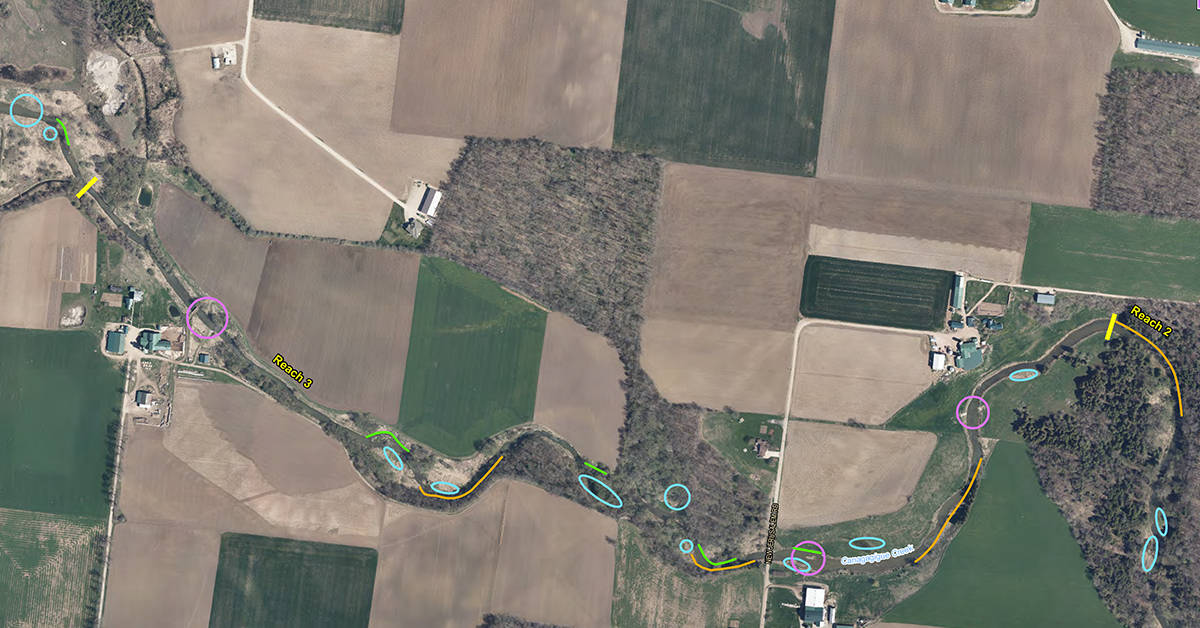As Lanxess moves closer to finalizing its assessment of the Canagagigue Creek, local experts are requesting that more be done.
The Technical Advisory Group (TAG), a group of experts that keeps tabs on the progress of the Elmira cleanup, last week reviewed the document provided by the chemical company, the Canagagigue Creek Human Health and Ecological Risk Assessment.
Once finished, the document will be the final agreement between Lanxess, the provincial government and the citizens of Woolwich on how much risk chemicals in the creek potentially pose to people and the environment, and the agreed-upon actions the company will undertake to address that risk.
Meeting last week, the committee decided on a few requests to be included in the document.
Notably, multiple members of the committee expressed a desire to ensure all the hotspots – areas of increased amounts of harmful chemicals – were found and removed from the creek, even though this was not included in the draft document presented by Lanxess.
“We have one request that is not explicitly stated in the document, and that is that hotspots, those areas where we know the samples have exceeded the standard for the contaminants of concern. In those areas where we know they exist, whether they’ve been identified as statistically significant or at risk, we would like to see them cleaned up,” said Tiffany Svensson, the chair of the committee.
Besides wanting to ensure the known hotspots are cleaned up, the group will also ask that Stantec, Lanxess’s environmental consultant, review how the original testing for the hotspots was completed and offer a professional opinion on whether this testing was precise enough to catch all the hotspots, or if it is likely more hotspots exist that have not been detected.
Overall, the group felt Lanxess’ assumption that the creek’s human use would always stay the same (agricultural and industrial) was not a good assumption. This is because Waterloo Region is one of the fastest growing areas in the country and future increased human recreational pressure on the creek is possible, and “very reasonable,” said Linda Dickson, who sits on the committee and brings her expertise in planning.
The group will submit these comments on the risk assessment within the next week, said Svensson.
Questioned earlier about the status of the hotspots, Lanxess spokesperson Michael Mackin responded via email, “If the sampling of soil/sediment and/or organisms determine that there is an unacceptable risk to receptors (any part of the ecosystem or humans that could be potentially harmed by the chemicals), then consideration will be given to cleanup,” he said.
“However, in some cases, cleanup can cause additional unintended consequences and further negative impacts than if the area were left alone; as a result, in some cases the Ministry of Environment, Conservation and Parks has recommended that clean up need not or should not occur.”
Mackin said that further testing is scheduled this year to understand more about potential risk to animal health in two sections of the creek. He also reiterated that Lanxess testing results found there is no risk to human health from the creek.









